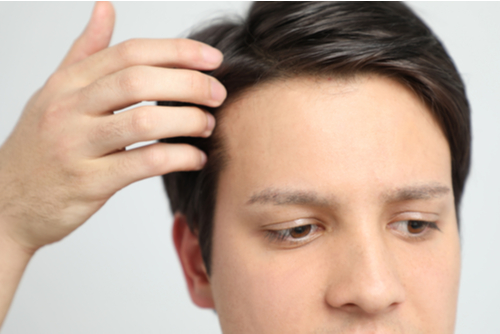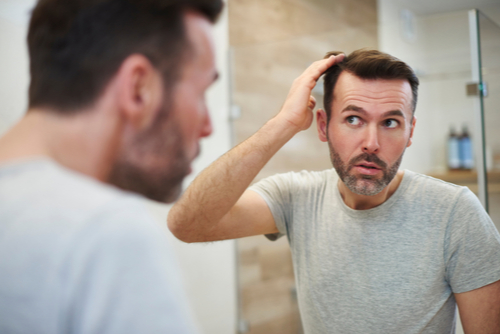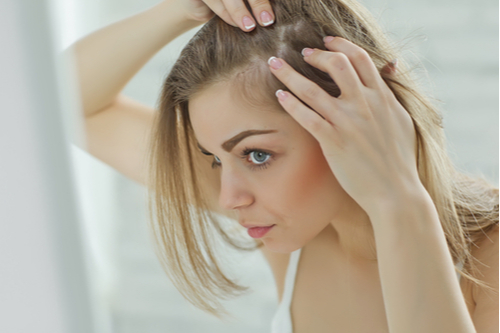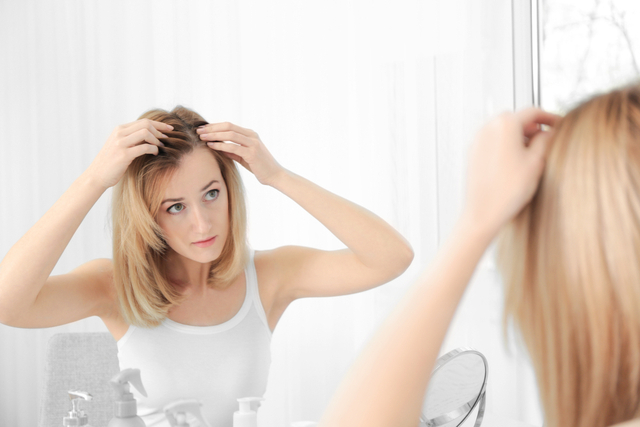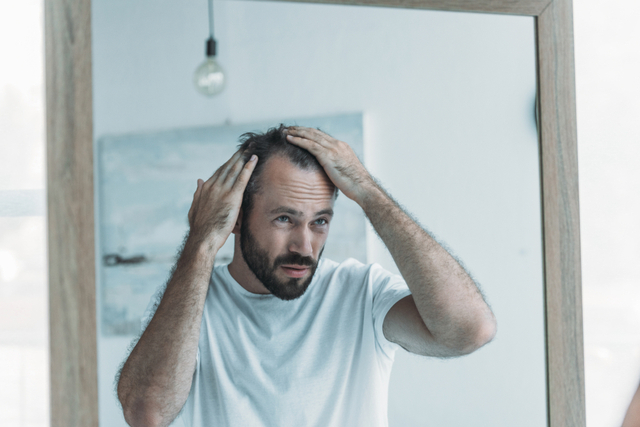
DHT, or dihydrotestosterone, is a male sex hormone that is essential for hair growth. This accounts for why those assigned males at birth tend to have more body hair. The hormone is present in both male and female people but exists in much higher levels in men. However, in certain people, DHT can begin to shrink hair follicles. This leads to what is referred to as genetic hair loss or male pattern baldness. So, can you stop DHT from attacking hair follicles?
The answer is not exactly. However, with various treatments and therapies, you can slow the effect that DHT has on hair follicles. Currently, there is no permanent reversal or treatment. One of the most effective therapies for people experiencing the early signs of male or female pattern baldness is PRP hair restoration.
When a patient starts PRP hair restoration early enough, they can slow the progression of genetic hair loss. It helps repair damaged hair follicles to restore thinning hair. While PRP cannot permanently restore hair or reverse hair loss, it can help patients keep their hair longer.
Though, it is important to note that if a patient’s hair loss is too advanced, PRP hair restoration may not be as effective or provide the desired results. Your provider can determine whether platelet rich plasma is a viable option for your hair loss during a consultation. To schedule a consultation, call us at 206-279-2112. You can also reach out online using chat or contact form.

